Ausgedient
Ausgedient (“Obsolete”) is an original artwork realized by Ferdinand Andri in 1917. Lithograph in black over yellow plate on paper. Published in 1917 as part of a Jahresmappe (Annual Portfolio) for the Gesellschaft für vervielfältigende Kunst, Wien. Good conditions except for some small folds.
Ferdinand Andri (Waidhofen an der Ybbs, 1871 – Wien, 1956) was an Austrian engraver and artist.
Ausgedient (“Obsolete”) is an original artwork realized by Ferdinand Andri in 1917. Lithograph in black over yellow plate on paper. Published in 1917 as part of a Jahresmappe (Annual Portfolio) for the Gesellschaft für vervielfältigende Kunst, Wien. Good conditions except for some small folds.
The artwork represents a starving horse in a desert searching for food. The natural landscape is desolated and empty; there is only a solitary horse that looks tired. It was printed with a tint stone. The artist realized this artwork in 1917, after he became the President of the Viennese Secession. The lithograph is part of a portfolio including five graphic works realized by different artists and published in 1917.
Ferdinand Andri (Waidhofen an der Ybbs, 1871 – Wien, 1956) was an Austrian engraver and artist. Between 1884 and 1886, he began an apprenticeship with Johann Kepplinger at Ottensheim, near Linz. Between 1886 and 1893, he studied at the Academy of Fine Arts in Wien with Julius Victor Berger and August Eisenmenger. Between 1892 and 1894, he attended the School of Art with Caspar Ritter and Claus Meyer. He often travelled all around Italy, France, England and North America. In 1897, he married Charlotte Hampel (1863 – 1945), an Austrian painter. Between 1899 and 1909, he became a member of the Viennese Secession and, in 1905 - 1906, he became the president. In 1901, he realized the manifest for the tenth exhibition of the Viennese Secession. During these years, he collaborated with the magazine Ver Sacrum. Between 1923 and 1929, he became the president of a Perfection School at the Academy of Fine Arts in Wien, where he taught until 1939. He was also the co-founder of the Austrian Werkbund, a movement that promoted handicraft. In 1939, he retired, but during the same year he became a member of the Wiener Künstlerhaus. His name was inserted into the so-called “List of Gottbegnadeten” of Joseph Goebbels, as an important painter of the Third Reich. In 1950, Andri gave all his artworks to St. Pölten, which founded the Ferdinand Andri Museum.





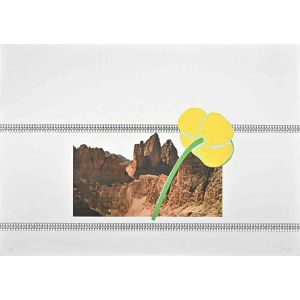
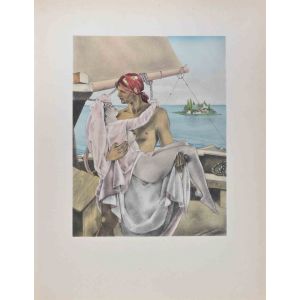
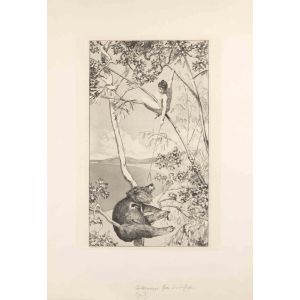
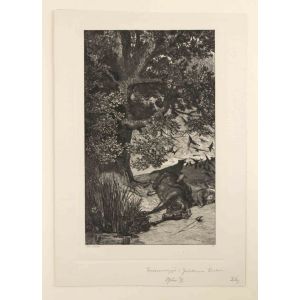
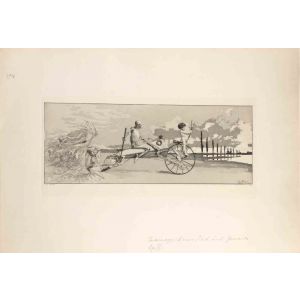
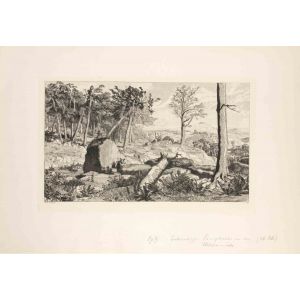
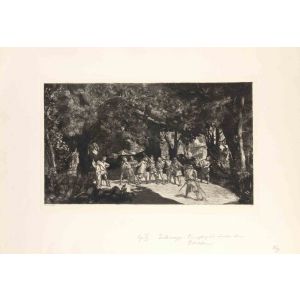
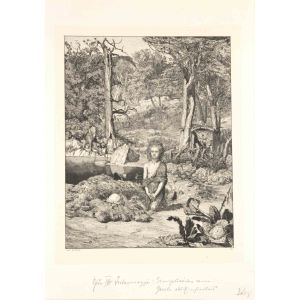
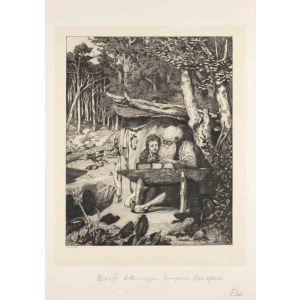
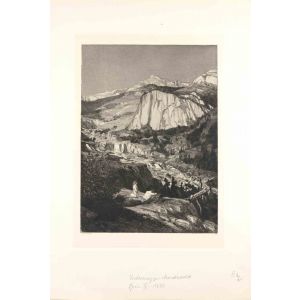
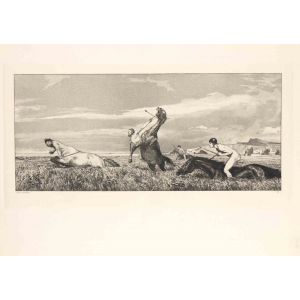
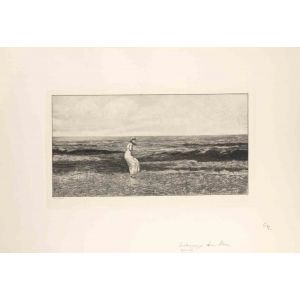
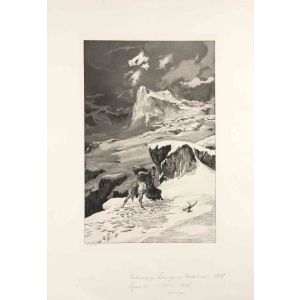










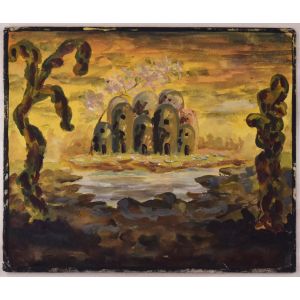


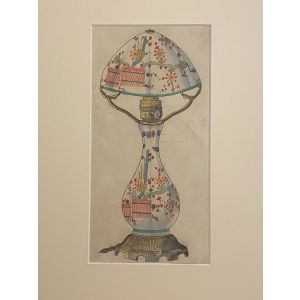


Validate your login
Sign In
Create New Account